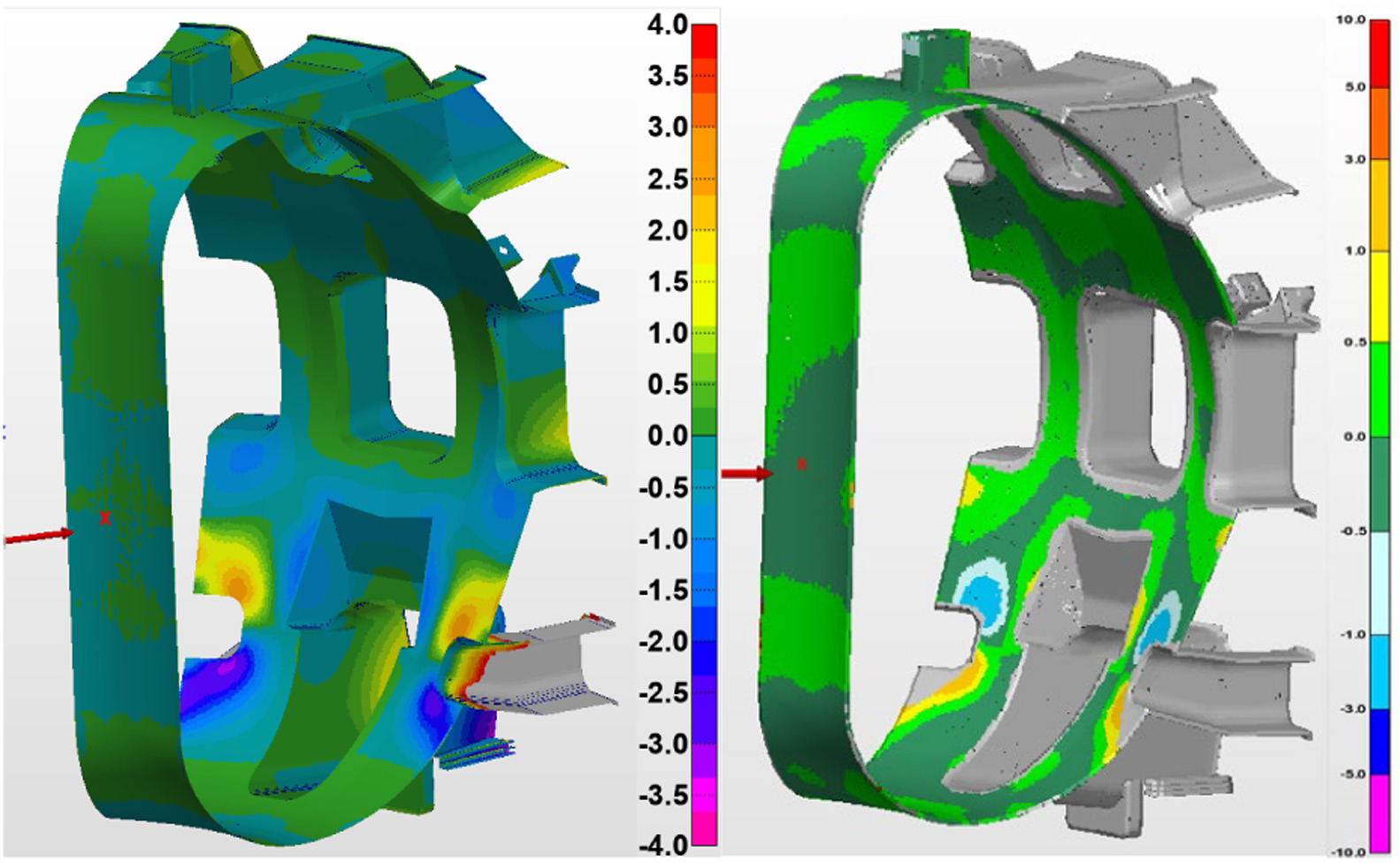A new study led by researchers from the University of Rome Tor Vergata has been published in Fusion Engineering and Design. The paper presents an innovative methodology for evaluating the deformation of the Vacuum Vessel Thermal Shield (VVTS) using finite element analysis combined with morphing techniques.
Title: Validation of Vacuum Vessel Thermal Shield Deformation via Finite Elements and Morphing Techniques-Based Analysis
Authors: Edoardo Pompa, Pierric Leonard, Tudorel Popa, Luigi Reccia, Marco Evangelos Biancolini, Gabriele D’Amico, Francisco J. Fuentes
The VVTS is essential for protecting superconducting magnets by minimizing heat transfer within the cryostat. Ensuring accurate clearance between the VVTS, Toroidal Field Coils (TFC), and the Vacuum Vessel (VV) is critical for maintaining system stability. This research introduces a novel approach to validating deformation during assembly by using numerical simulations and morphing techniques to reconstruct the as-built shape from limited accessible data.
Key Findings:
- Morphing techniques integrated with finite element analysis significantly improve the accuracy of deformation assessments.
- Various methodologies were tested, revealing differences in precision, particularly in critical regions with higher structural constraints.
- The study establishes a comprehensive framework for selecting the most reliable technique for assembly validation.
Conducted as part of EUROfusion, the European consortium advancing fusion energy research, this study contributes to improving assembly validation techniques for fusion reactor components, supporting the development of more efficient and reliable future fusion energy systems.
Read the full study here.



